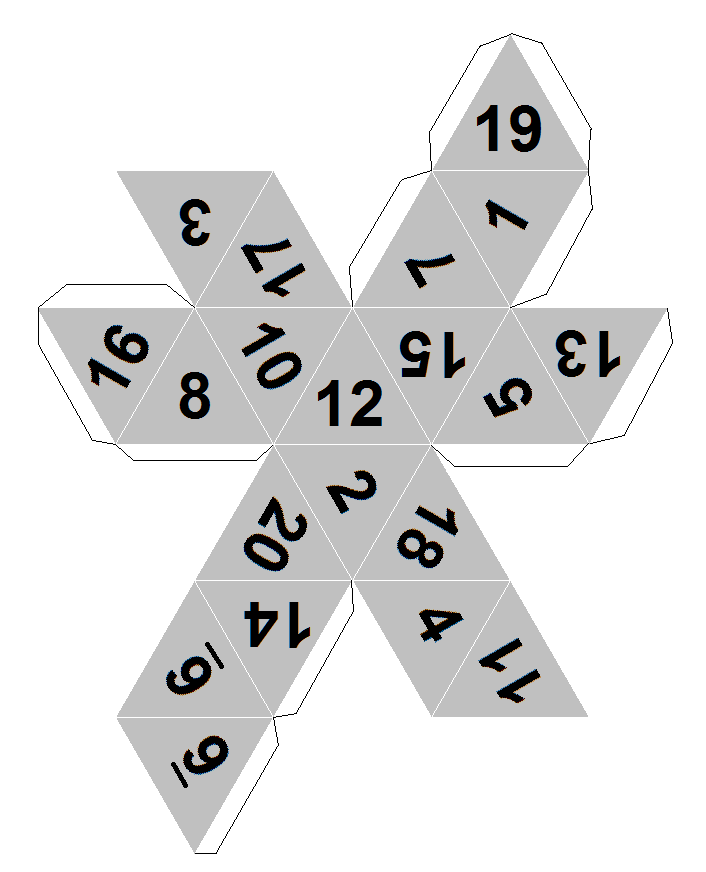In games, there’s a balance to be struck between realism and heroism. If the setting is too realistic, too much like the players don’t play a significant enough role, the game will feel pointless, with a lack of agency on the part of the players. If the setting is too unrealistic and caters to the players too much, it will feel contrived, like the world is just a set of facades without anything real behind them.
In a similar vein, agency is important. If your players have too much agency, they can run roughshod over anything you present, wandering the world and acting to their whims like callous, self-absorbed gods. If the world punishes them too harshly for any transgressions, the game can feel like a prison, where they must walk certain paths at certain times or get the lash.
I’m going to talk a bit more explicitly about tabletop games, but the kinds of things I’m describing can apply to other kinds of games as well.
Despite not ever running punishing, punitive games, I have a reputation among my players of setting up extremely worrying campaigns with a low margin for error. I chalk this up to me leaving a lot to my players’ imaginations, rather than being explicit about what’s going on. It’s the difference between saying “there aren’t any traps here” and “you detect no traps”. I take very detailed notes on the actions of my players in any given session, so that I know what information to present in later sessions. I drop a variety of vague hints as we play, but I like to leave it to my players to ask the right questions to accomplish their goals. This leaves me open to answer questions I didn’t anticipate and open up new paths, rather than proscriptively deciding how a puzzle or problem is to be solved before starting.
Much like improv theatre, it’s best to think of things in terms of “yes, and” rather than “no, but”. To use an example from a recent game session: the (Shadowrun) party is presented with a place to break into in order to spy on a pair of corporate executives who have been making their lives difficult. It’s a private casino that’s surprisingly inaccessible. The very first question I’m asked is “how do we get invitations?” This leads down an interesting path, where instead of a stealthy break-in, the team is looking at waltzing in like they belong. It’s a perfectly legitimate option, and there’s no reason they can’t make this sort of plan. What happens once they’re inside is going to be interesting, but it’s not an inherently flawed idea. The mission has just changed from a stealthy break-in to an elaborate masquerade.
I’ve had people comment to me that I’m extremely flexible when running games and never seem to be caught off-guard when my players take a random turn towards something bizarre. There’s a trick to this that I’ve used for years, that’s also how I keep my worlds feeling like worlds and not facades.
Behind the scenes, there are events that are playing out, based on a script. Mostly these aren’t things the players can influence, because they’re too detached from what the players are doing. Each session, every quest, mission, dungeon, and break-in yields more information about these events that are occurring out of sight. These aren’t the plans of the main villain of the campaign (if there even is one), they’re what’s going on in the broader world. There’s (rarely) any direct, earthshattering consequence to ignoring them, but they serve as my adventure hooks. Many are ignored, and the wheels continue turning in the background. Sometimes one comes to the fore, and the players can get ahead of it and start influencing the events either as they’re happening or before they occur.
The important thing here is that they don’t necessarily relate to the players. A lot of the loops resolve themselves without the players getting involved, and the world changes, and they may or may not notice. Sometimes they decide they have opinions about the world changing and do something to either hasten or stop the change.

It’s a trick I learned from reading Terry Pratchett’s Discworld series, which I still consider to be some of the finest longform worldbuilding out there. Over the course of the series, the Discworld changes significantly, and a lot of the changes have enormous repercussions, but aren’t necessarily traumatic. A lot of times, a game will only have one or two single, major events affecting the status quo, and those are the only things making any noticeable impact on the world. I prefer my games to feel like worlds in which the players are a part, but not the center of things (until they force themselves into center stage). Events and changes constantly occur, but aren’t necessarily directly threatening to the players. It lets my NPCs have lives and motivations outside of how they interact with the players that are more than just a prewritten text block, and can change over the course of the game without breaking things.
Above all, keep the world changing. Most of the games I’ve had that have petered out have done so largely because I finish a story arc and don’t have anything to follow it up with, and I haven’t made enough rolling changes to the world to introduce something new without it feeling contrived.




1 comment